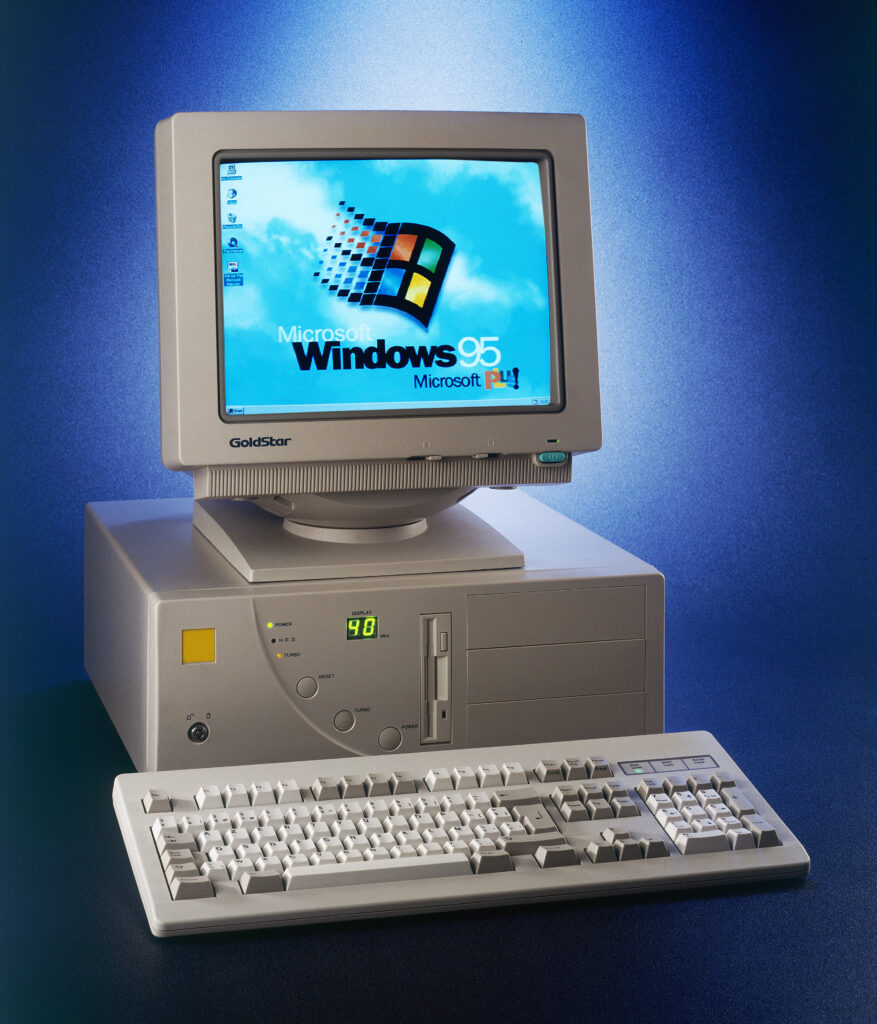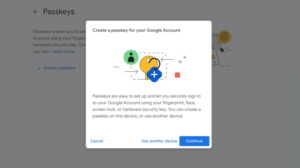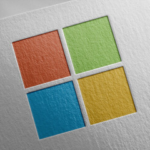The release of Windows 95 on August 24, 1995, marked a pivotal moment in the history of personal computing, profoundly transforming user interactions with computers. Microsoft was already a major player in the software industry with its Windows operating systems. However, they still took a significant leap forward with Windows 95, introducing a range of groundbreaking features and innovations. At its core, Windows 95 introduced a user-friendly interface, changing the way people navigated and engaged with their computers.
Notable Features
First off, the introduction of “Plug and Play” simplified hardware installation, and support for long filenames, and an improved File Explorer interface revolutionized file management. The iconic Start button and taskbar streamlined access to applications and enhanced multitasking capabilities. Also, the integration of Internet Explorer laid the foundation for widespread web browsing on personal computers. Finally, the redesigned Start Menu and customizable desktop further enriched the user experience.
A Cultural Phenomenon
Backed by a staggering $300 million marketing campaign, the release of Windows 95 captured the world’s attention. Microsoft’s innovative approach included a “cyber sitcom” showcasing the operating system’s features, complete with celebrity appearances by Jennifer Aniston and Matthew Perry from the hit TV show Friends. This crossover appeal, unprecedented in the tech world at the time, demonstrated Windows 95’s aspiration to transcend the realm of computers and resonate with a broader audience. The launch reflected a shift in perception, from computers as mere tools for productivity to dynamic gateways for exploration and creativity.
Paving the Way for the Future
Windows 95’s success also played a crucial role in popularizing graphical user interfaces and introducing users to multitasking. The release set the stage for the future direction of Microsoft’s software development, shaping subsequent versions of the Windows operating system. The Start button and taskbar, introduced in Windows 95, remain integral components of the Windows interface to this day. In essence, Windows 95 marked a significant turning point in the evolution of personal computing. It solidified Microsoft’s dominance in the software industry and fundamentally influenced the way we interact with and use computers.










